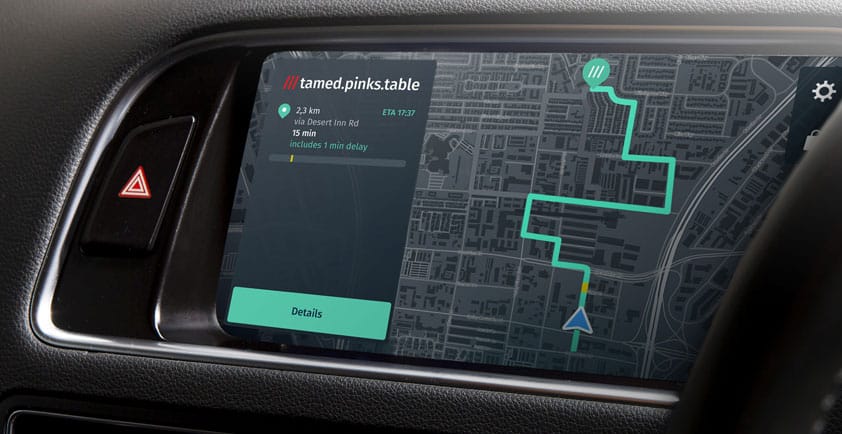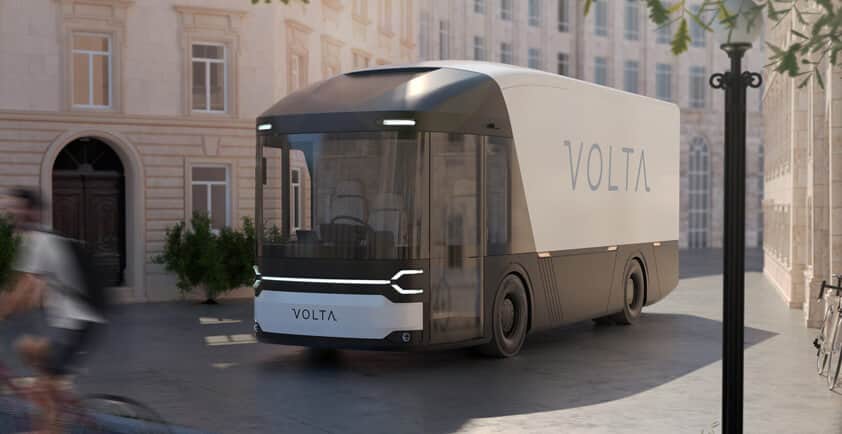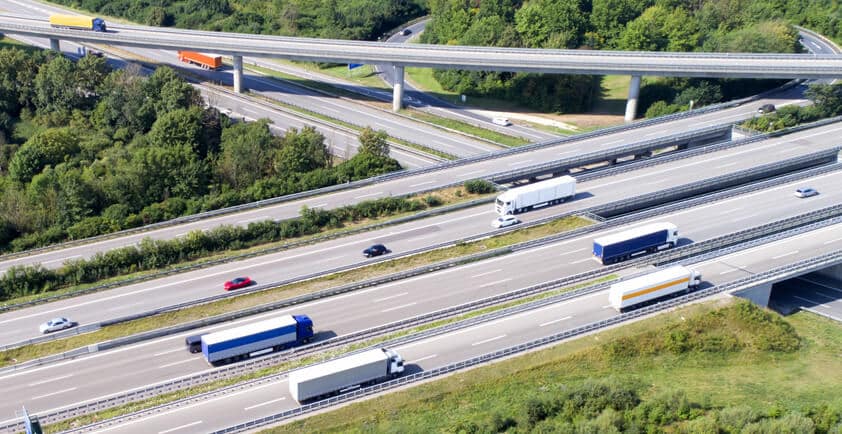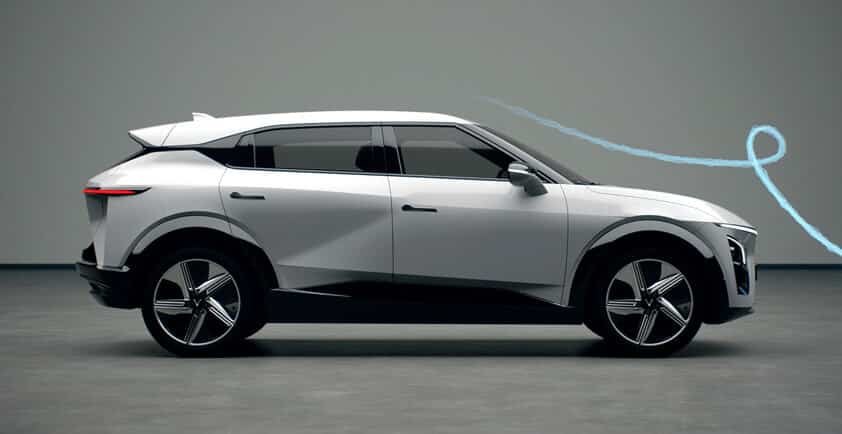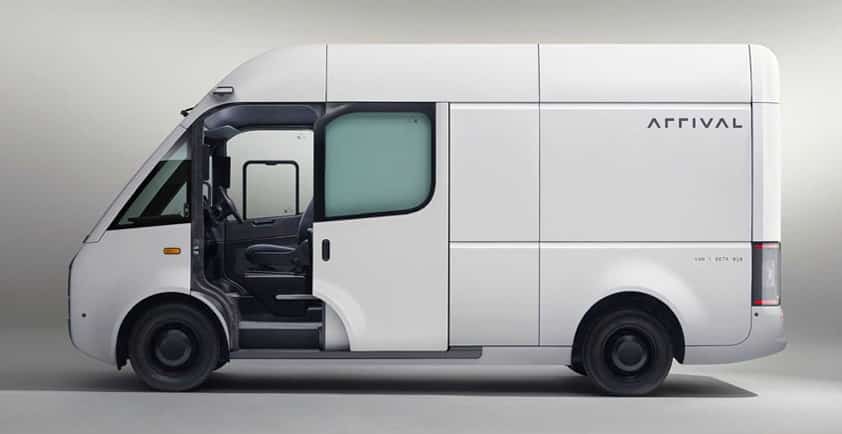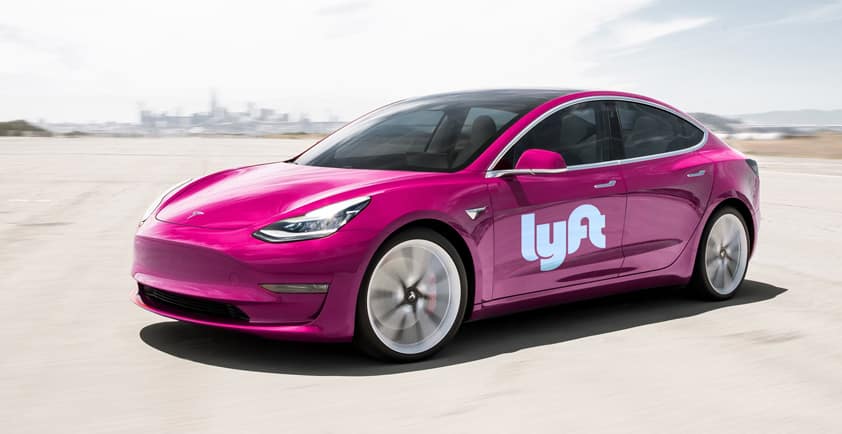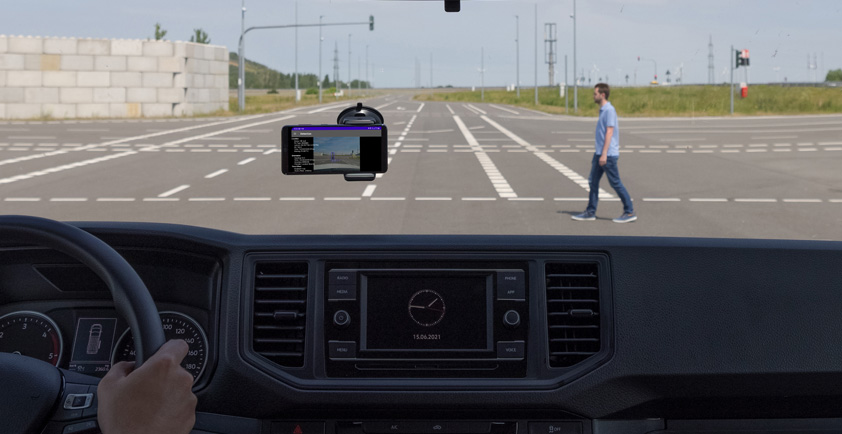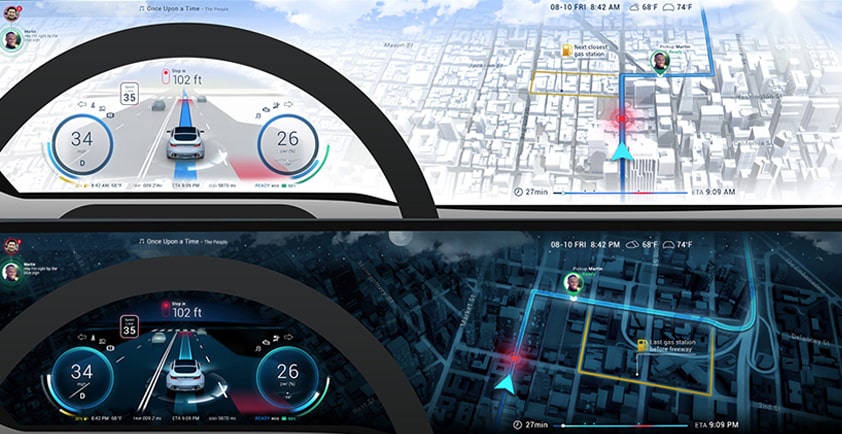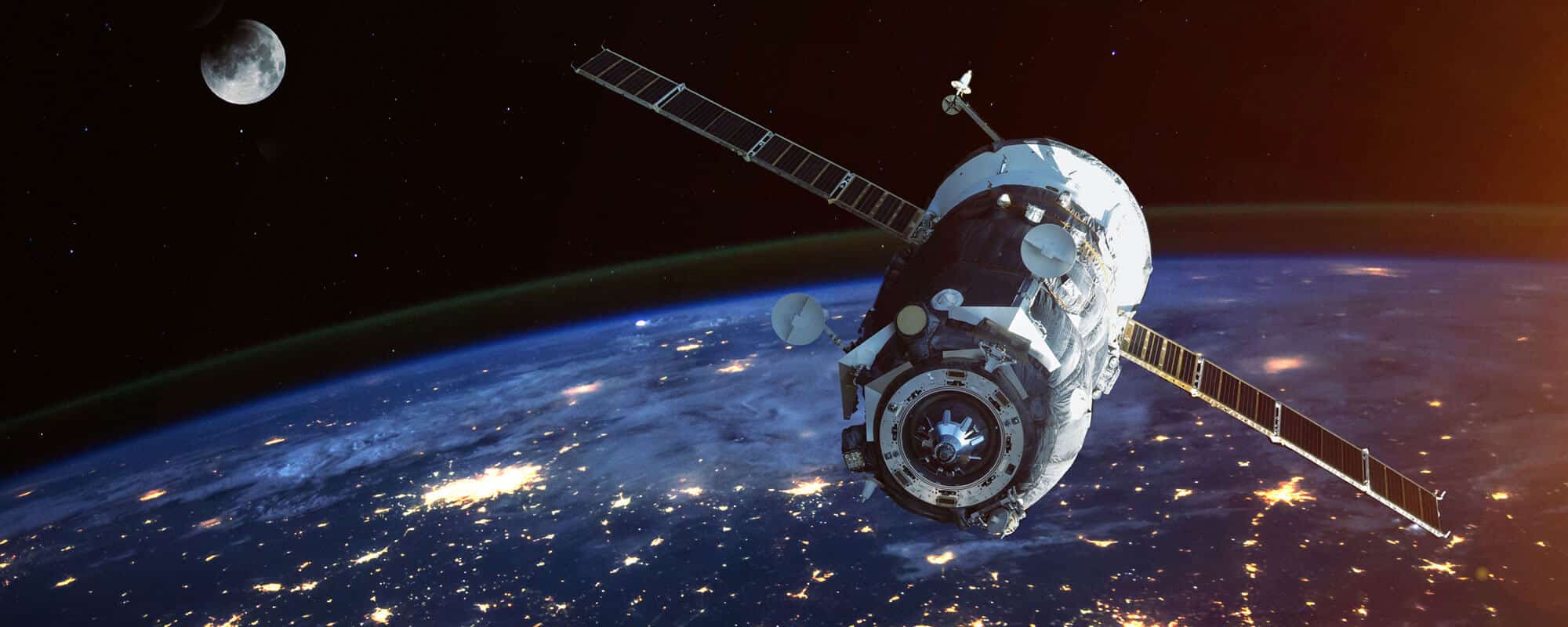
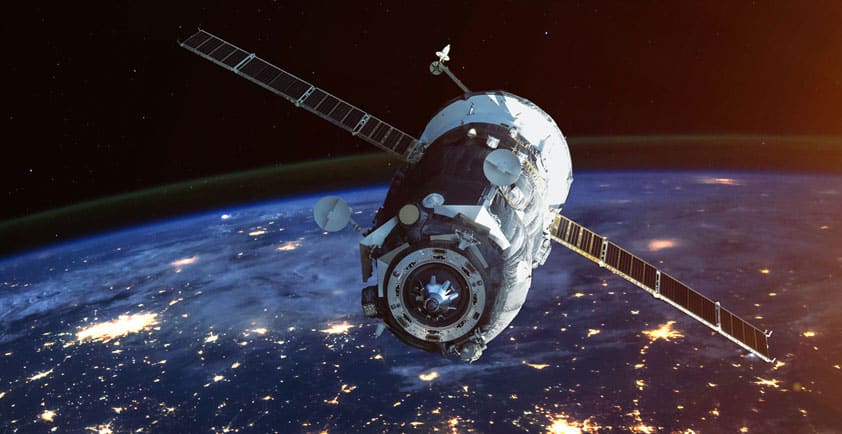
PRECISE POSITIONING USING HERE TECHNOLOGIES
HERE Technologies partnered with Sony Semiconductor Solutions to integrate HERE HD GNSS Positioning into Sony Semiconductor Solutions’ dual-band LSI chipsets. These sets can locate devices with sub-meter level precision while maintaining low power consumption. HERE HD Positioning is a cloud streaming services that improves accuracy 3-4 times over regular GNSS, available globally for mass-market devices and requires no additional hardware.
As the world becomes more connected than ever, businesses and consumers demand the latest, most advanced technology. Information must be delivered at record speeds and with high precision. A fundamental component to creating an optimal user experience is accurate location positioning. Whether a distribution center managing a line of fleets, or a car manufacturer advancing its autonomous driving footprint, accuracy is crucial.
Positioning using a Global Navigation Satellite System (GNSS) is becoming more relevant and attainable. GNSS receivers are increasingly affordable and available on mass-market devices from mobile phones, to wearables, to drones. By increasing accuracy down to just a few centimeters opens a new set of opportunities that were previously limited to high-end industries.
Autonomous Vehicles
Although the automotive industry has put massive amounts of research and investment into evolving autonomous vehicles, drivers are often hesitant to completely hand over control. It requires a significant amount of trust in the car’s ability to plan and predict the right maneuvers.
> Autonomous driving requires precise accuracy to the sub-meter lane level in order to position the vehicle correctly to aid in autonomous navigation.
> High accuracy positioning using Precise Point Positioning (PPP) avoids the need for Real-Time Kinematic (RTK) infrastructure which is not widely available on mass-market devices.
Fleet Management
There has been a huge increase in fleet operations due to our on-demand economy, with an even greater influx in the wake of COVID-19. Vehicle tracking is widely available in most fleet management systems, most rely on GNSS and there is an opportunity to enhance the accuracy with PPP.
> Bad satellite signals and signal interference caused due to urban canyons can cause calculation errors, and fleet managers need additional location-centric insights for impactful business decisions.
> Accurate tracking and visualization impact a range of commercial functions – asset utilization, operational costs, customer satisfaction and safety &security–solidifying the need for higher-precision tracking.
Urban Mobility
Cities have continued to grow with 55% of the world’s population living in urban areas estimated to increase to 68% by 2050 (Source: UN Dept of Economic & Social Affairs). Mega cities globally are overcrowded and have high levels of traffic and pollution. Mobility options like scooters and e-bikes and ride sharing have become very popular and effective for short journeys and can play a role in alleviating some of the city problems, but they are not without their own technological challenges.
> Accurate positioning in urban environments is difficult due to satellite signal interference from buildings and other obstructions.
> Accurate location and tracking while consuming minimal power are required to facilitate business models of micro-mobility.
Pay-As-You-Drive Insurance
The trend towards pay-as-you-drive insurance continues to rise, particularly in urban areas and among younger demographics. Therefore, the industry has seen an increase in driver behavior analysis.
> Insurance companies provide incentives and premiums to those with safer driving records, which requires tracking
devices installed in the cars to ensure driver behavior is accurately recorded.
> Trackers need to be easy to use, low-cost and battery-powered, making a low-power GNSS essential.
